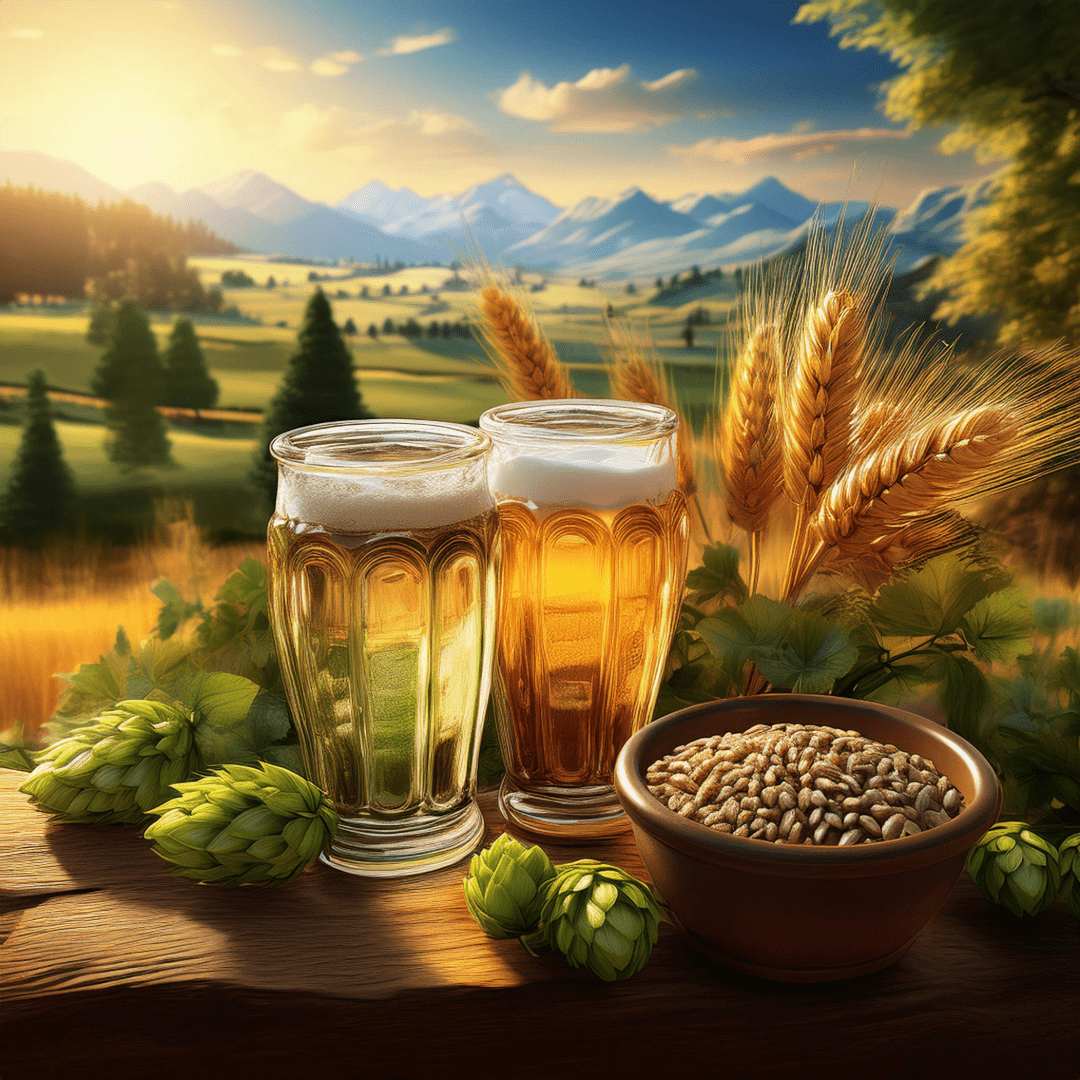The Mysticism of Terroir in Beer
In the world of beer, the question of whether there is such a thing as 'terroir' is an intriguing and complex issue. Terroir, a term originating from the wine world, refers to the unique properties that a product acquires from the specific environment in which it is produced. But can this concept also be applied to beer?
Water: The Basis for Authentic Beers
One of the most important ingredients in beer is water. Historically, breweries in certain regions have had to learn to deal with the available water quality and composition. Consider, for example, the famous breweries in Munich, which benefited from the region's soft groundwater. These unique water sources contributed to the characteristic taste of Munich's Helles beers. Although modern water treatment makes it possible to create virtually any desired water composition, the historical link between location and taste remains interesting.
Hop: The Traveler of the Beer World
Hops are another important ingredient that can greatly contribute to the flavor of beer. Like wine grapes, hop varieties are often strongly linked to specific regions. Some brewers even go so far as to select hops based on plot or field, in search of the ultimate flavor expression. Although hops are transported all over the world, experienced tasters can often recognize the origins of certain hop varieties. Yet the link between hops and terroir is less direct than with wine, because hops are traded over long distances.
Grains: The Basis for Regional Beer Tradition
The choice of grains, such as barley, wheat and rye, is another element that contributes to the unique taste of beer. Historically, brewers have often been limited by the availability of local grains. This led to the development of regional beer traditions, such as English ales and German lagers. Although modern brewers have more flexibility in the choice of grains, the link with local cultivation and processing remains interesting.
Yeast: The Invisible Force Behind Regional Beer Characteristics
The use of wild, local yeasts is an important aspect of terroir in beer. Spontaneously fermented beers, such as Lambiek and Gueuze from the Pajottenland region of Belgium, are known for their unique flavor profiles that are influenced by the microflora in the air. Brewers around the world try to emulate these local yeast characteristics, but it proves difficult to fully reproduce the subtle nuances.
Terroir as a Means, not an End
Although the concept of terroir in beer is complex and sometimes difficult to define, it offers brewers an interesting way to create unique flavors and styles. By using local ingredients and production techniques, brewers can develop beers that have a clear connection with their region. However, terroir should not be the only goal; it is rather a means to achieve special beers.
Ultimately, it is about the passion, creativity and craftsmanship of the brewer, regardless of whether the beer has a clear terroir expression or not. The result is a beer that is not only tasty, but also tells a unique story about the people and the environment in which it was brewed.




